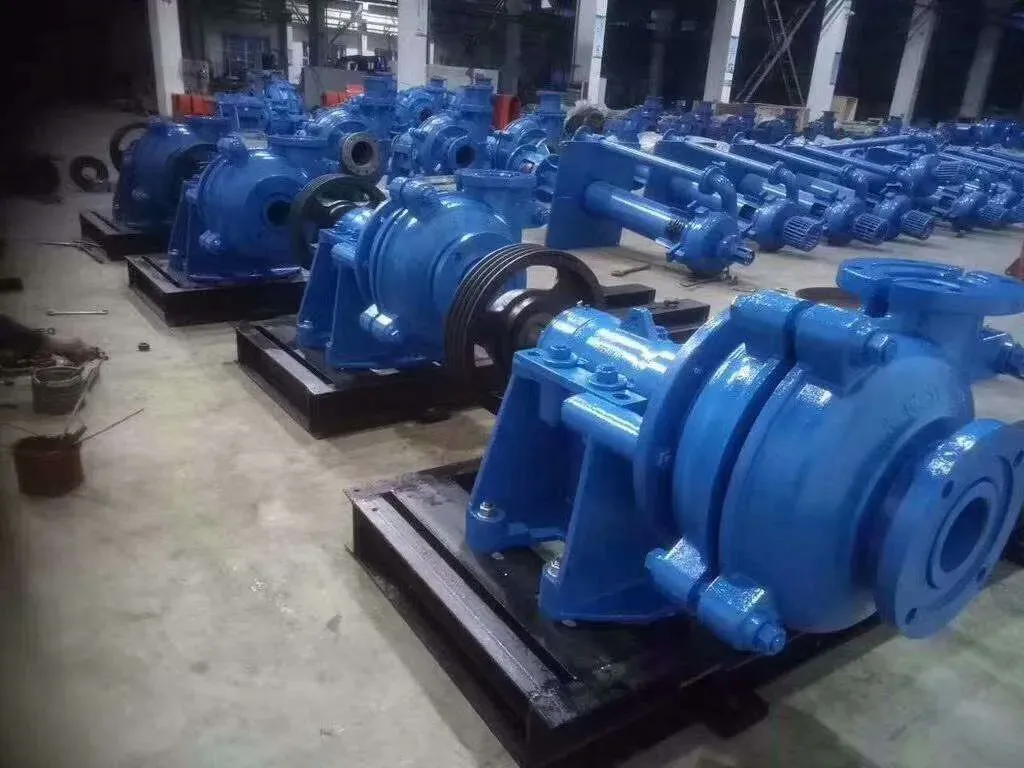Luxembourgish
- Afrikaans
- Albanian
- Amharic
- Arabic
- Armenian
- Azerbaijani
- Basque
- Belarusian
- Bengali
- Bosnian
- Bulgarian
- Catalan
- Cebuano
- Corsican
- Croatian
- Czech
- Danish
- Dutch
- English
- Esperanto
- Estonian
- Finnish
- French
- Frisian
- Galician
- Georgian
- German
- Greek
- Gujarati
- Haitian Creole
- hausa
- hawaiian
- Hebrew
- Hindi
- Miao
- Hungarian
- Icelandic
- igbo
- Indonesian
- irish
- Italian
- Japanese
- Javanese
- Kannada
- kazakh
- Khmer
- Rwandese
- Korean
- Kurdish
- Kyrgyz
- Lao
- Latin
- Latvian
- Lithuanian
- Luxembourgish
- Macedonian
- Malgashi
- Malay
- Malayalam
- Maltese
- Maori
- Marathi
- Mongolian
- Myanmar
- Nepali
- Norwegian
- Norwegian
- Occitan
- Pashto
- Persian
- Polish
- Portuguese
- Punjabi
- Romanian
- Russian
- Samoan
- Scottish Gaelic
- Serbian
- Sesotho
- Shona
- Sindhi
- Sinhala
- Slovak
- Slovenian
- Somali
- Spanish
- Sundanese
- Swahili
- Swedish
- Tagalog
- Tajik
- Tamil
- Tatar
- Telugu
- Thai
- Turkish
- Turkmen
- Ukrainian
- Urdu
- Uighur
- Uzbek
- Vietnamese
- Welsh
- Bantu
- Yiddish
- Yoruba
- Zulu
Telephone: +86 13120555503
Email: frank@cypump.com
Oct . 13, 2024 15:43 Back to list
centrifugal pump for slurry
Understanding Centrifugal Pumps for Slurry Applications
Centrifugal pumps are widely used in various industries for transporting fluids, and one of their critical applications is in the handling of slurry. Slurry, which is a mixture of solid particles suspended in a liquid, poses unique challenges due to its viscosity, density, and the potential for solid settling. Thus, the design and operation of centrifugal pumps specifically for slurry applications become crucial to ensure efficiency, reliability, and longevity.
Working Principle of Centrifugal Pumps
At its core, a centrifugal pump converts mechanical energy into hydraulic energy. When the pump impeller rotates, it creates a centrifugal force that pushes the fluid away from the center of the impeller and into the volute chamber, generating flow. In the case of slurry, the design needs to accommodate the heavier and more abrasive nature of the liquid-solid mixture.
Design Considerations for Slurry Pumps
1. Materials of Construction Because slurries often contain abrasive particles, choosing the right materials is vital. Typically, slurry pumps are made from robust materials such as high-chrome iron, rubber-lined steel, or various alloys that can withstand wear and corrosion.
2. Impeller Design The impeller is a critical component in slurry pumps. For handling slurries, impellers often feature a wider passage to prevent clogging and allow for larger solid particles to pass through. Additionally, a open or semi-open impeller design is frequently used to enhance the handling of viscous slurries.
3. Pump Sizing The sizing of the centrifugal pump for slurry applications should account for the specific gravity and viscosity of the slurry. Oversizing the pump can lead to inefficiencies, while undersizing can result in pump failure due to overload.
centrifugal pump for slurry

4. Cavitations and Flow Characteristics Understanding and managing cavitation is essential when processing slurries. Cavitation occurs when the pressure drops significantly, causing vapor bubbles to form and collapse, which can severely damage the pump components. Maintaining a good net positive suction head (NPSH) is crucial in preventing this issue.
5. Maintenance and Monitoring Due to the abrasive nature of slurries, regular maintenance is necessary to keep centrifugal pumps operating optimally. Monitoring systems can provide real-time data on pump performance, helping to predict failures and reduce downtime.
Applications of Slurry Pumps
Centrifugal pumps designed for slurry applications find extensive use in industries such as mining, wastewater treatment, and construction. In mining, they are indispensable for transporting coal, ore, and tailings. In wastewater treatment, slurry pumps play a vital role in moving sludge and other byproducts. The construction industry relies on these pumps for mixing and transporting concrete.
Efficiency and Performance
The performance of a centrifugal slurry pump can be significantly enhanced through modern technologies. Advances in hydraulic design, wear-resistant materials, and electronic controls can lead to increased efficiency and reduced operational costs. Moreover, the incorporation of variable frequency drives (VFDs) allows for better control of the pump's speed and energy consumption.
Conclusion
Centrifugal pumps for slurry applications are indispensable in a variety of sectors, effectively addressing the challenges posed by fluid-solid mixtures. By understanding their design, operation, and maintenance requirements, industries can optimize their processes, reduce wear and tear on equipment, and improve overall efficiency. As technology continues to advance, the performance and reliability of these pump systems will likely improve, ensuring they meet the ever-increasing demands of modern engineering and industrial applications.
-
Custom Drilling Mud and Slurry Pump Supplier - High Efficiency, Tailored Solutions
NewsJun.10,2025
-
Supply Vertical Submersible Sewage Pump High-Efficiency WQ/QW Pumps Supplier
NewsJun.10,2025
-
Premium Sewage Ejection System & Pumps Efficient Waste Removal
NewsJun.09,2025
-
Premium Wholesale Slurry Pump Impellers Durable & Efficient Slurry Handling
NewsJun.09,2025
-
Top Sewage Pump Companies Durable Industrial Solutions for Efficiency
NewsJun.09,2025
-
Heavy Duty Slurry Pumps - OEM High Performance & Bulk Wholesale
NewsJun.09,2025










